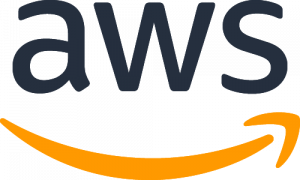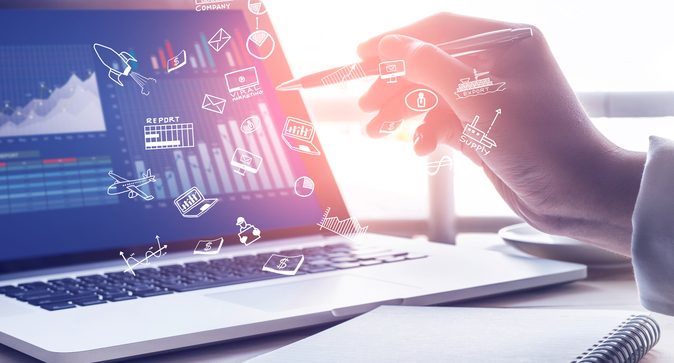Everywhere you look, government agencies are juggling a number of IT modernization initiatives. Introducing new technology is exciting and leads to better services for constituents, but it can also be extremely challenging to implement for many reasons.
Ramping up cybersecurity, getting smarter with artificial intelligence, improving efficiency with RPA – each of these IT efforts can bring valuable improvement to government agencies. When deciding what is best to spend time and money on in the world of IT, citizens are at the center.
“How do we use technology to engage the people that live in our cities?” asked Chris McMasters, CIO, City of Corona, CA, during GovLoop’s recent DorobekInsiderLive training. “Technology wasn’t always being leveraged correctly before, but I think cities in particular are looking at how to leverage technology to be sustainable while improving city services.”
The training, titled “Biggest IT Pain Points for State and Local Governments,” focused on emerging technologies, the challenges that government agencies face in implementing them, and advice on best implementation practices. Focusing on citizens is crucial to each of these aspects, as McMasters points out when asked about citizen tax receipts, an initiative out of Corona.
“It’s about trying to help people understand how their tax dollars get used,” McMasters said. “How much does the municipality actually get? How is it leveraged in a city? Sometimes, citizens have better ideas for how it should be used.”
So once an agency has decided on a modernization effort, what are some of the challenges they face? McMasters and Jeremiah Dunham, Manager of Solutions Architecture, AWS, had a number of examples. Take cloud, for example.
“When you’re dealing with cloud, it’s a new technology for people,” McMasters said. “It’s really important to engage with the vendors so that knowledge is transferred back to staff, so they become comfortable with it. It wasn’t perfect at first.”
Dunham agreed, providing some insight into how Amazon makes big changes like that work for their employees.
“The big thing for us is education,” Dunham said. “Our goal is to demystify the technology. We’ll whiteboard with employees involved in the project and spend a day walking them through the process.”
Data analysis was is another big question for many agencies that McMasters and Dunham addressed.
“There is no easy way to ensure that data is good,” McMasters said. “We pull our datasets up into the cloud and, through that, create our queries, but the cleansing of the data occurs at a lower, more granular level. It’s much harder with our older legacy systems. It’s harder to cleanse the data, it’s harder to get the data. It’s old data, so there are rough edges to it.”
“There are three traditional approaches to this data management,” Dunham said. “Data warehouses, data lakes, and data hubs, which is a hybrid approach. It’s an ongoing challenge. Any approach that you take, you need to work backward from your particular use case – from what you’re trying to accomplish.”
Mcmasters agreed, providing insight into how to best handle your approach to data.
“What do I need this data for?” Mcmasters said. “Focus on that, cleanse, connect, and put it somewhere that everyone can get to it.”
Finally, agencies need to develop strategies to minimize challenges to IT modernization. Dunham spoke to the importance of building a culture of innovation to facilitate improvements. He suggested allowing for risks and trying new things. McMasters spoke to the importance of making sure that the rest of the agency is on board with the IT efforts.
“Build the relationships of trust that you need to be able to operate,” McMasters said. “IT is serving other departments. It’s our job to serve those that are serving others. We’re helping them to be successful in their efforts, making them more efficient in their job. Building that understanding of how we help them bridges the gap a lot.”
But most importantly, continue to push for modernization.
“CIOs and IT professionals in the government space are in a unique position in that they can truly make a difference,” McMasters said. “It used to be just about keeping the lights on, but today they can really change things. It’s a unique time. Try different things. Innovate. There’s a huge opportunity to make a difference. There’s no better time to be in IT in the public sector.”





I really enjoyed reading this piece and circling back on the content from this training. Chris said it best with his call-to-action: keep trying to innovate. It certainly is an exciting time to be in public sector IT!